GARDEN CITY OR NEW TOWN?
Visiting Welwyn Garden City to give the annual lecture to an audience from the WGC Heritage Trust and the WGC Society brought out the key question of what makes a Garden City distinctive. As the place where Sir Ebenezer Howard and Frederick Osborne both lived, not far from their architect planner Louis de Soissons, Welwyn Garden City is celebrated round the world for its pioneering role. It went far further than the philanthropic projects illustrated in an excellent booklet published by the Heritage Trust by a Hungarian enthusiast, in showing how we could realise utopian visions through acquiring and developing large areas of land to a set of principles. The early buildings in and around the Daily Mail Ideal Home demonstration project are truly inspiring. The grand boulevard from the railway station, capped by a fountain, creates a sense of arriving in a real city. Yet as I was driven around and talked to older residents I was left with some doubts about how whether the Garden City ideals were being displaced by what some call ‘greenwash’.
Healthier town
As the bas relief that greets the visitor at the railway station points out, Howard was above all trying to create a healthy alternative to the smoke filled industrial city. People were dying early over a century ago because of the quality of the air and water. Today people no longer flock to leave London to get clean air. But we are far more sedentary and many are now dying from poor lifestyles, such as diabetes caused by junk food. Neighbourhoods are now dominated by large supermarkets such as Morrisons, and indeed the main employer in the town is Tescos, with its headquarters employing over 3,000 staff. People drive to stock up, and there are few butchers, bakers, greengrocers and fishmongers left to offer the older a choice and a friendly chat to the ageing population.
Many who still work will drive or go to the station, where a half hourly electric train takes you quickly to Kings Cross (except mine was halted by a fatality in Gasworks Tunnel and I had to walk to the nearest Underground station!). But despite some cycle paths, I saw no one on a bike, not even the children returning from school. If Howard’s vision is to be sustained, surely Welwyn and its neighbouring town of Hatfield should be taking a leaf out of Dutch or Scandinavian cities, and giving people on foot or bike predominance over those in cars?
There is no shortage of space in the wide tree-lined avenues that encourage cars to speed, which could be reallocated. A successful policy for healthier living could reduce the pressures for converting front gardens into car parks. Measures such as car sharing and car clubs could reinforce the sense of community that once made the town special. Parking charges could provide the income needed to maintain a higher level of services that a Garden City should demand, and to encourage greater use of public transport. Incidentally the bus station in front of the railway station was replaced by a shopping centre, reinforcing the idea that the car has predominance in British New Towns.
Community engagement
Welwyn was built by pioneers, and places like the Barn, which puts on a lively cultural programme, symbolise the idea of people doing things for themselves. But I was told that there has been a decline in both audiences and people wanting to perform; the bar is no longer packed with families at weekends. The Welwyn Heritage Trust is about to bid for lottery funding for another 12 month project, this time on how people used to play. Certainly the town is large enough to support most people’s interests or hobbies, yet small enough, with 50,000 residents, for people to know each other and have local friends. It should be an ideal ‘Transition Town’, though as its Councillors are now largely Conservative, the pioneers may feel very isolated.
Howard’s vision of the Social City, with active communities that complement each other and are connected by municipal tramways, remains a dream. People do go to St Albans for ‘something different’, while residents of Letchworth visit Welwyn for the John Lewis store, but on the whole people are as isolated as anywhere. But I would have hoped in a town that once boasted the offices of IBM that IT would be used to help people make new connections as well as to understand their special heritage. Working with young people is a good start. But in a time of austerity, and with so many retired and highly skilled residents, there are surely great opportunities to put Howard’s into practice, and bring the Garden City ideals up to date?
A working place
If Welwyn becomes a dormitory for London, what happens to its old industrial areas is key. Fortunately the front of the old Nabisco Shredded Wheat factory that was once to have been a Tescos is to be saved. A boutique hotel is proposed for the old grain silos that are to be retained as the building is cut back to its 1920s splendour. There will also be much needed new housing. But next door the old goods yard and railway sidings, which are large enough to accommodate an innovative new ‘garden city’ community, stands sterile as the owners wait for values to rise even further. The Council is under pressure to release more land to meet housing demand, and a former quarry just over the town’s boundary will no doubt help.
But surely in a County once associated with innovation, and in a town that took in many Kinder Children, the spirit of enterprise should still be alive. Visitors to Freiburg, I was told, came back despondent that what they saw could not be applied back home. There was an idea that somehow the German government was much more benevolent in backing local light rail or energy systems that have given Germany the leading role in the ‘Green Economy’. The truth, as I tried to explain, is the simple ABC of Ambition, plus Brokerage, and backed up with Continuity.
The ‘unearned increment’
I suggest the reason for the better quality of life to be found in Continental towns is that they put into practice what Howard and his followers preached. Instead of cities being dependant on a remote central government, they take over land needed for expansion, and then plough the uplift in land values back into better local infrastructure. Alas, Welwyn lost out when its designation as one of the first post-war New Towns resulted in control being transferred first to a Development Corporation and then to central government, which then sold off all its industrial and retail assets. So there is no legacy to maintain the extensive public realm, or fund improvements unlike Letchworth, or Milton Keynes with its parks trust. Even the new village at Shenley in Hertsmere could provide a model , where I set up a property endowed trust to create a park and look after a green strip round the edges that stops further incursions into the treasured Green Belt.
Despite the packed hall, members of the audience bemoaned that so few Councillors had bothered to come to listen to me and the Chair David Lock, who has just joined the Board of the development corporation for Ebbsfleet, (which also has aspirations for being classed as another Garden City.) But now that Hertfordshire local authorities are starting to work together it should be possible to rekindle the garden city spirit and ethos that David Rudlin and I sought to capture in our proposals for Uxcester Garden City. Certainly the majority of the audience seemed to support the idea of local bonds to invest in building new homes for a return of some 5%, instead of simply renting out existing homes to supplement their pensions. I hope Welwyn uses its upcoming centenary like Bournville or the Joseph Rowntree Foundation to launch another settlement, and the time to start is now!
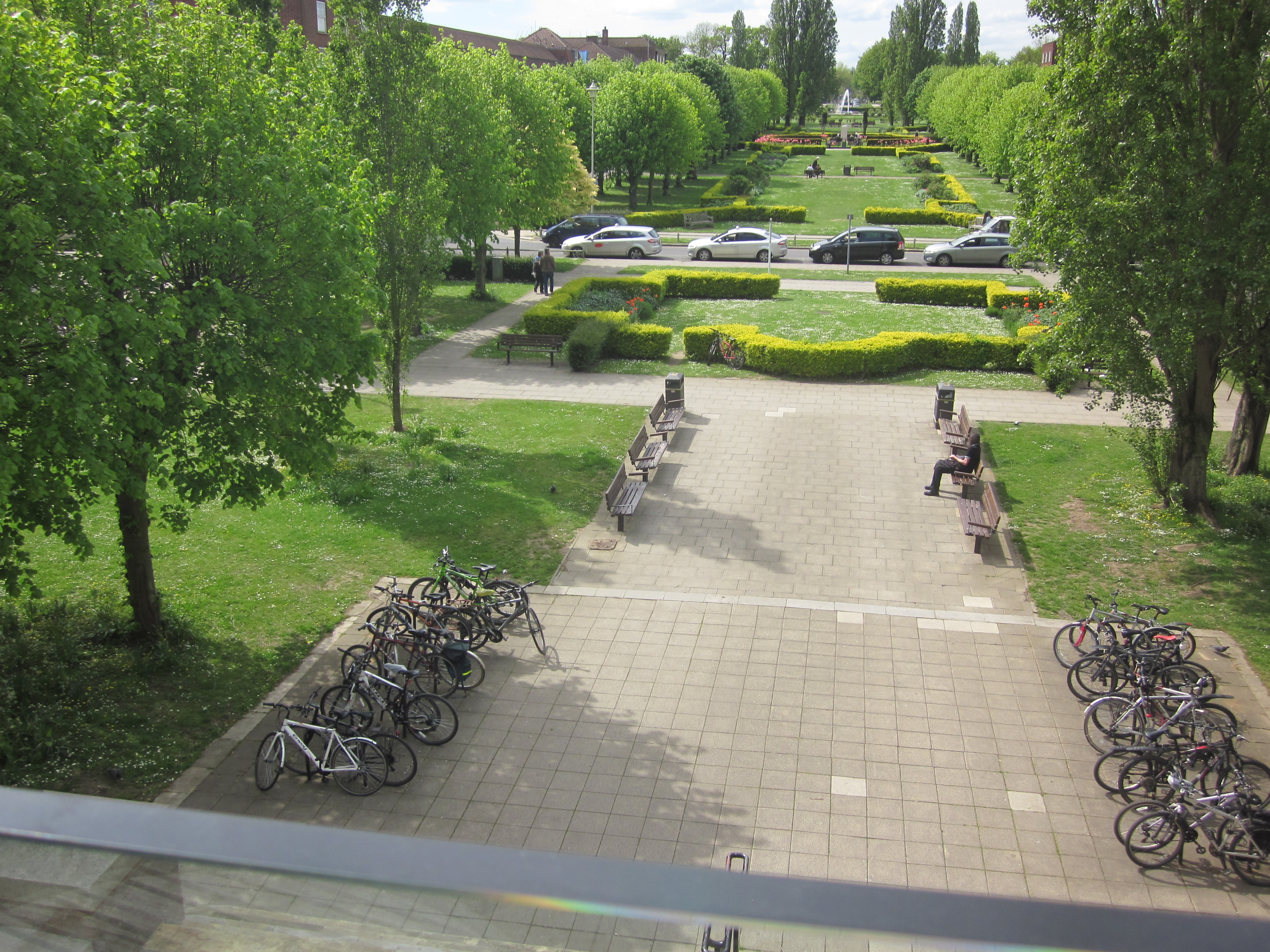
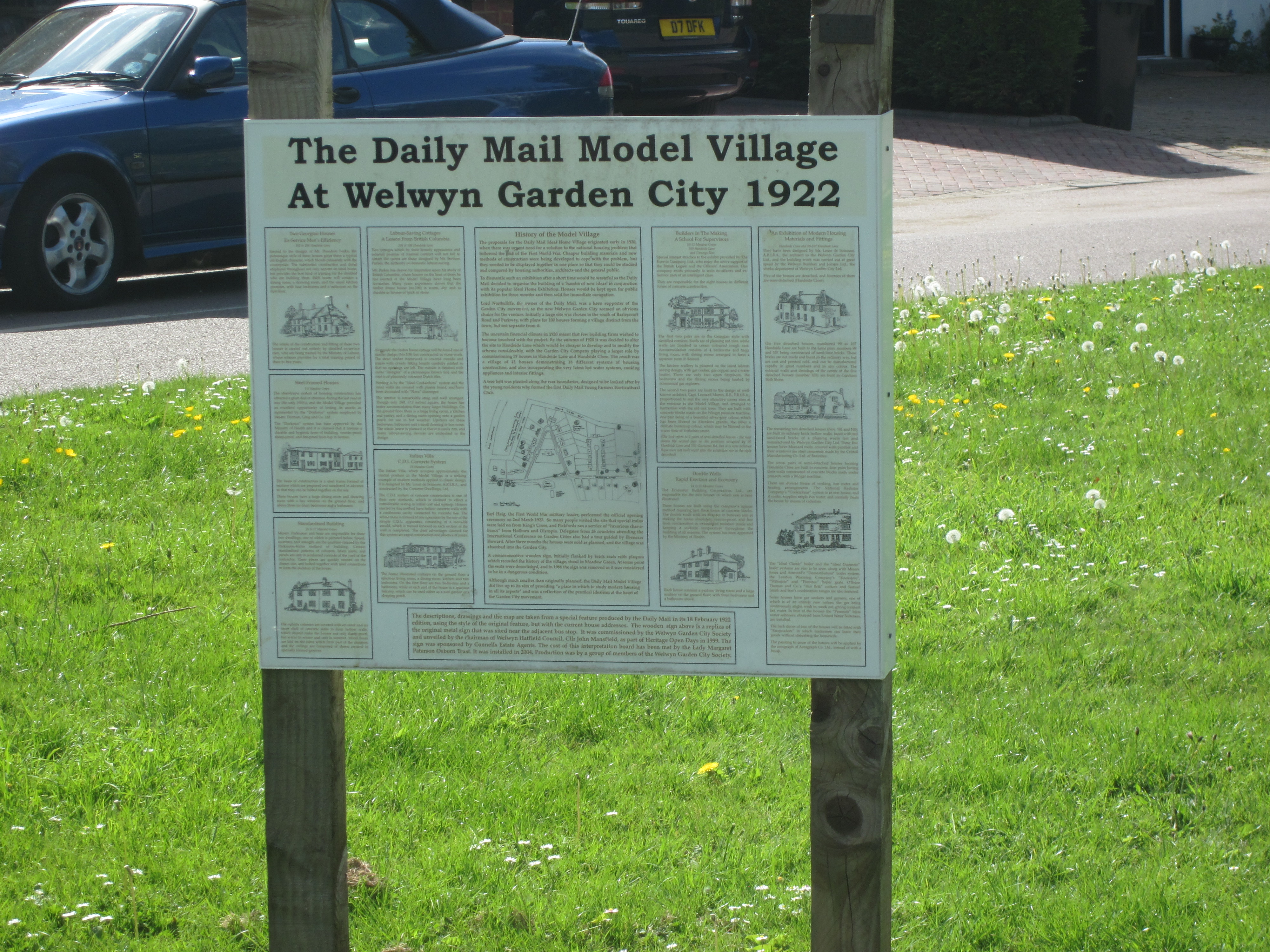
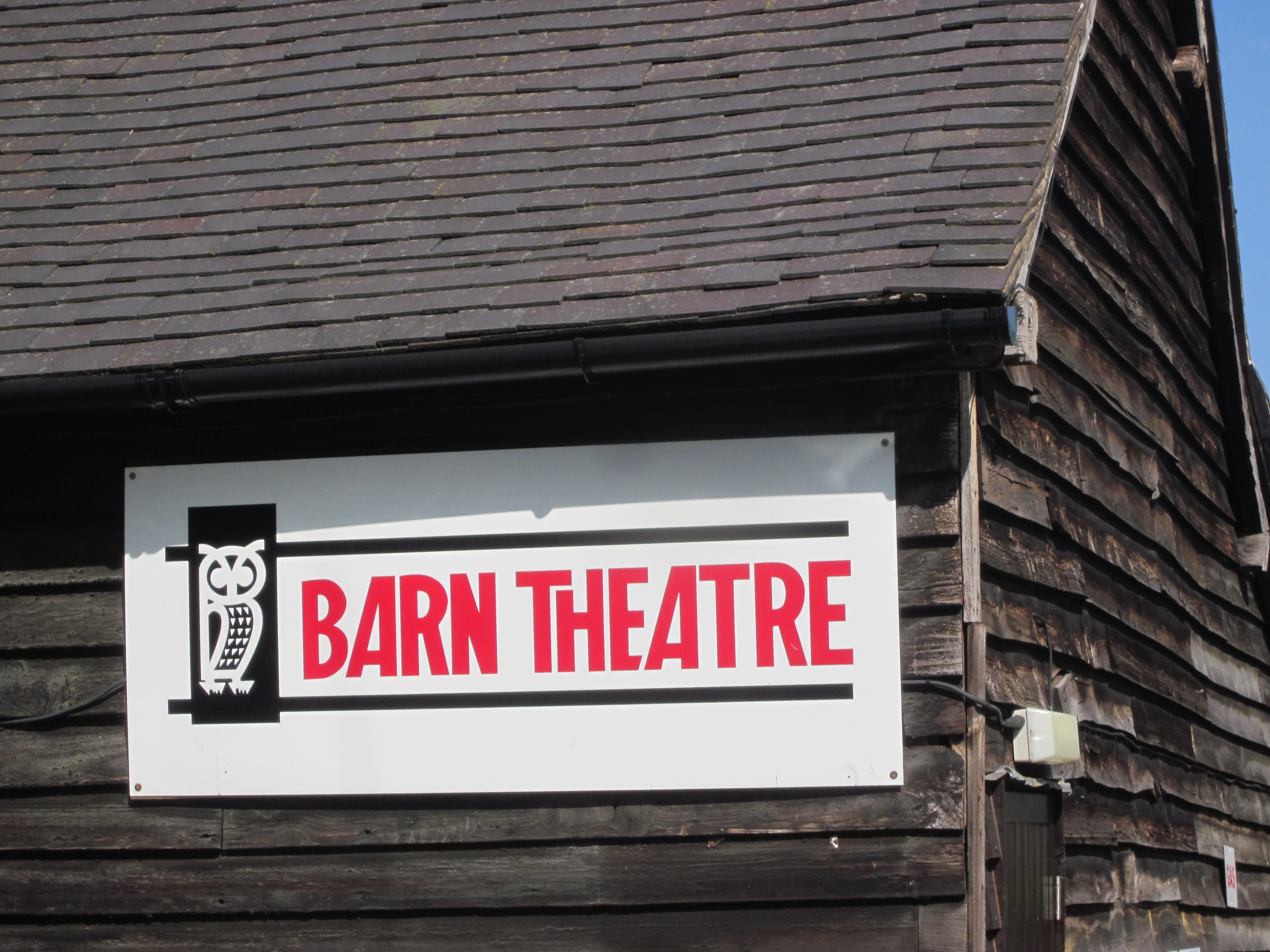
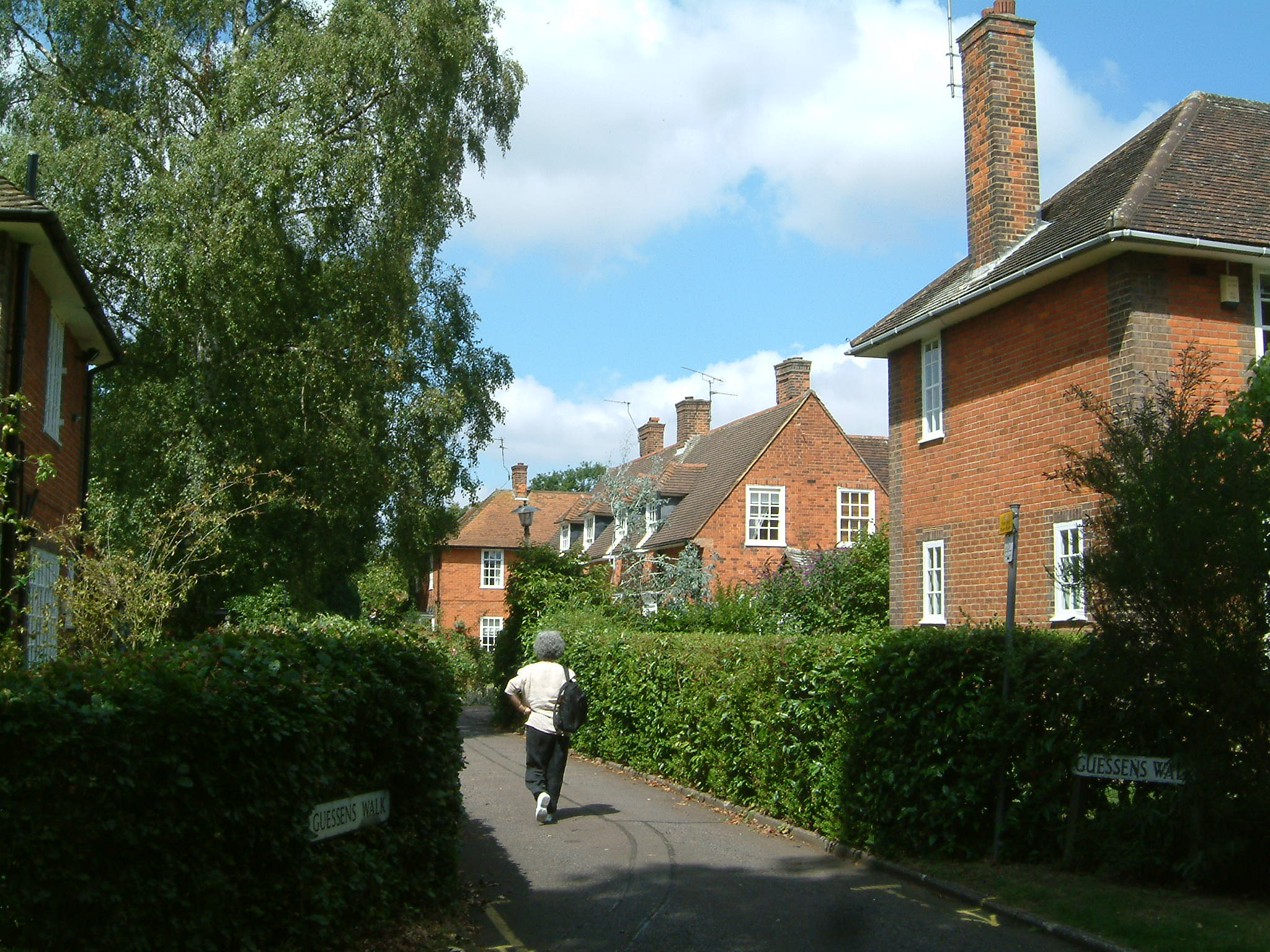
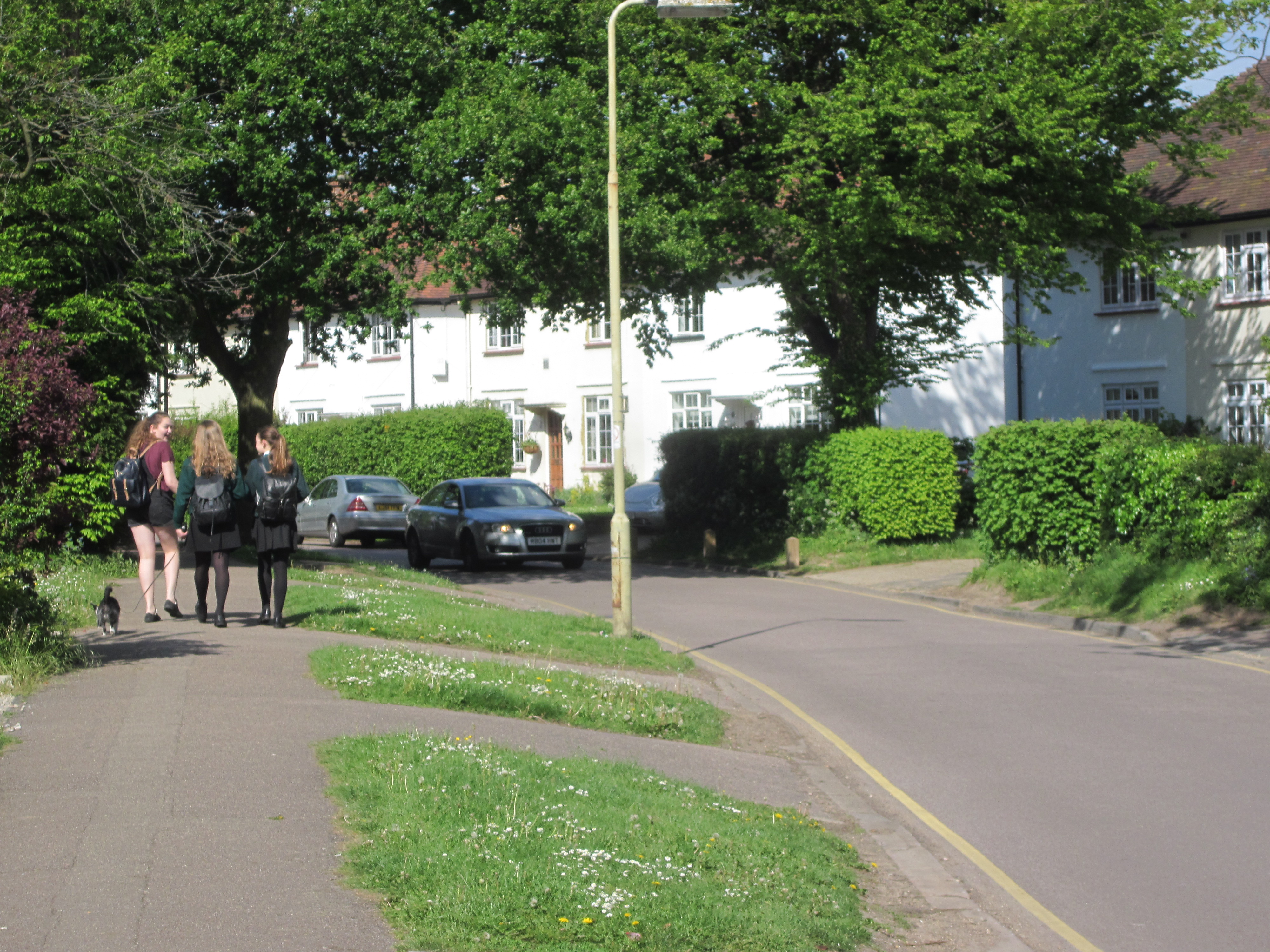
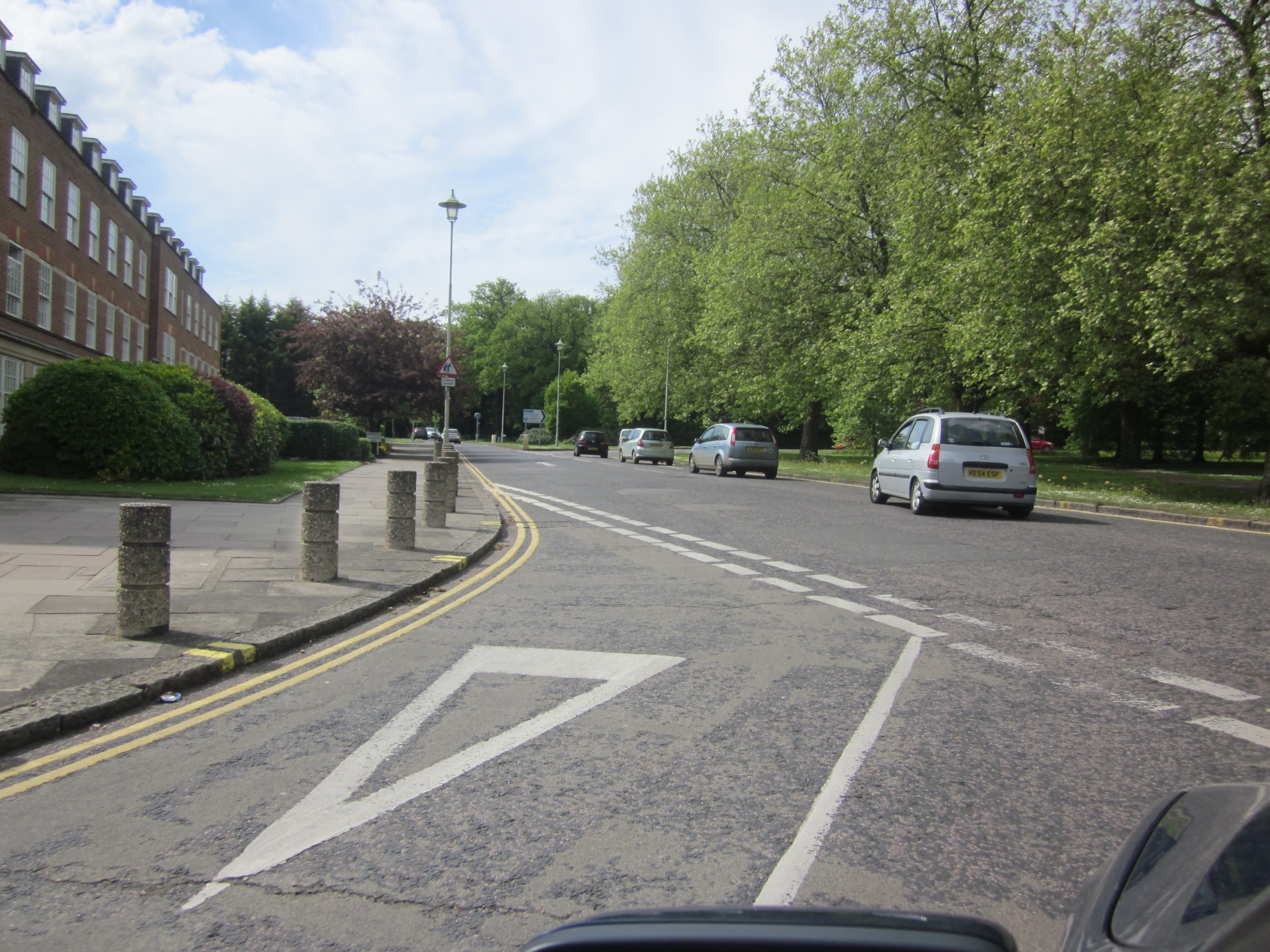
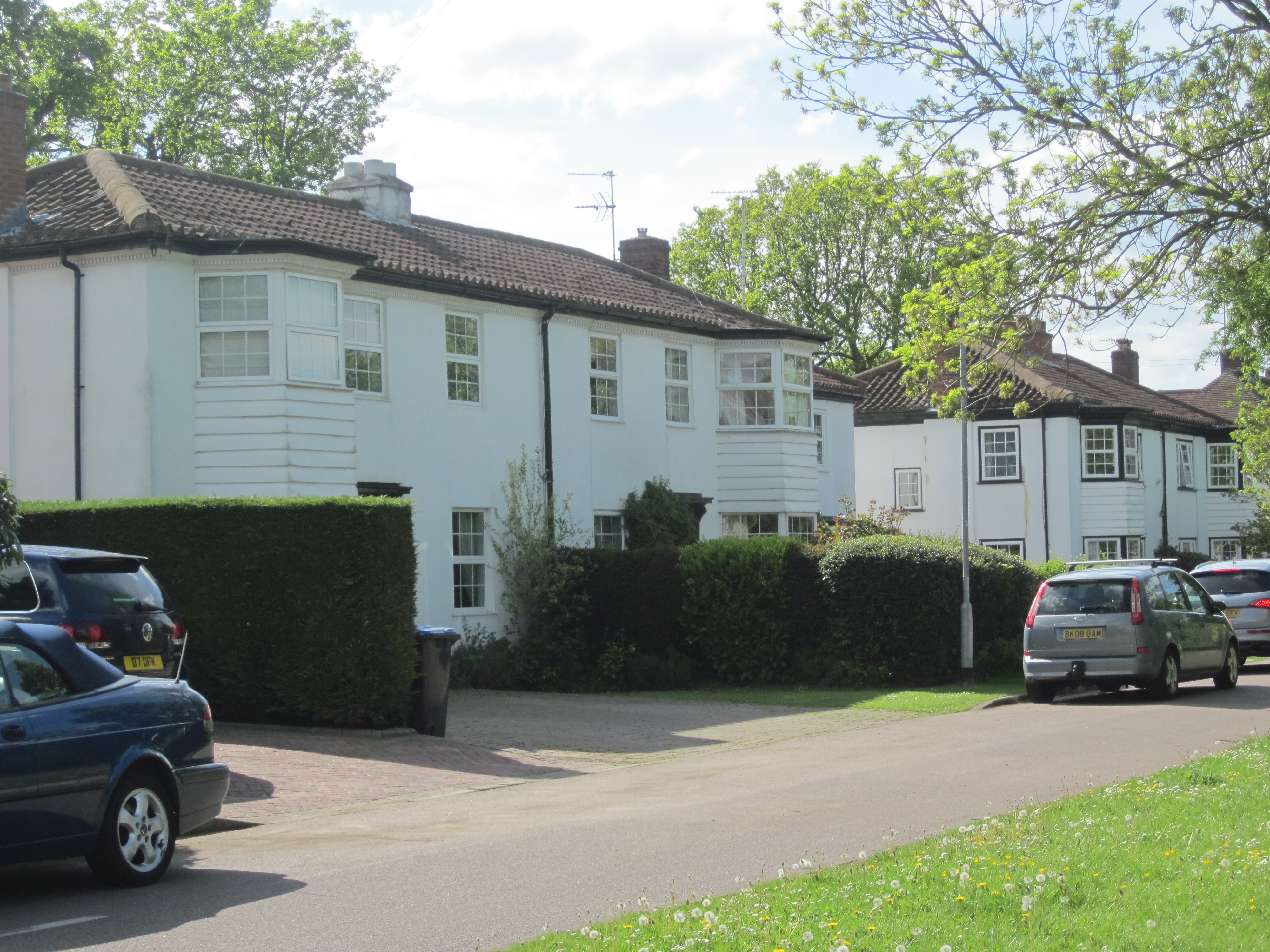
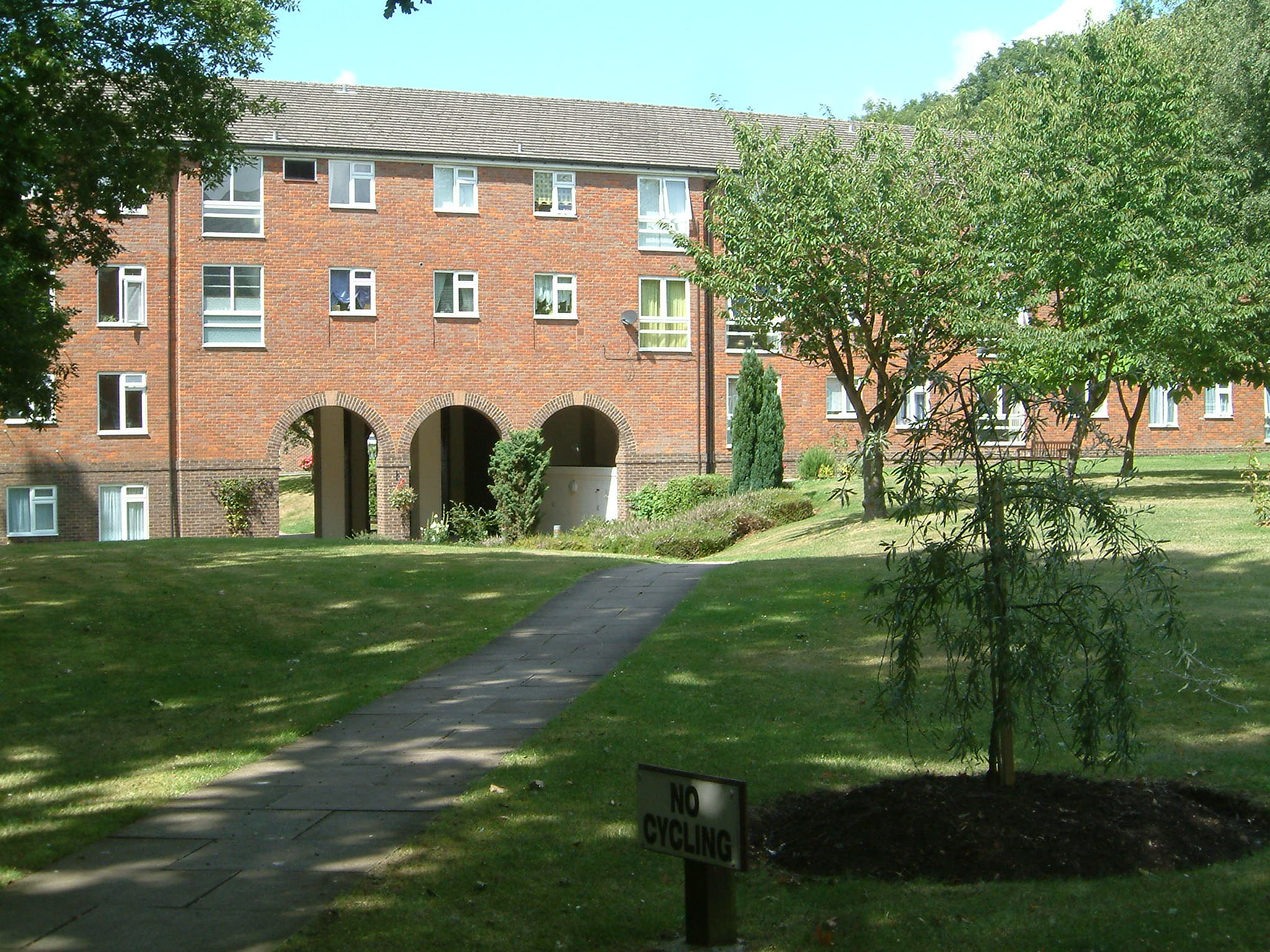
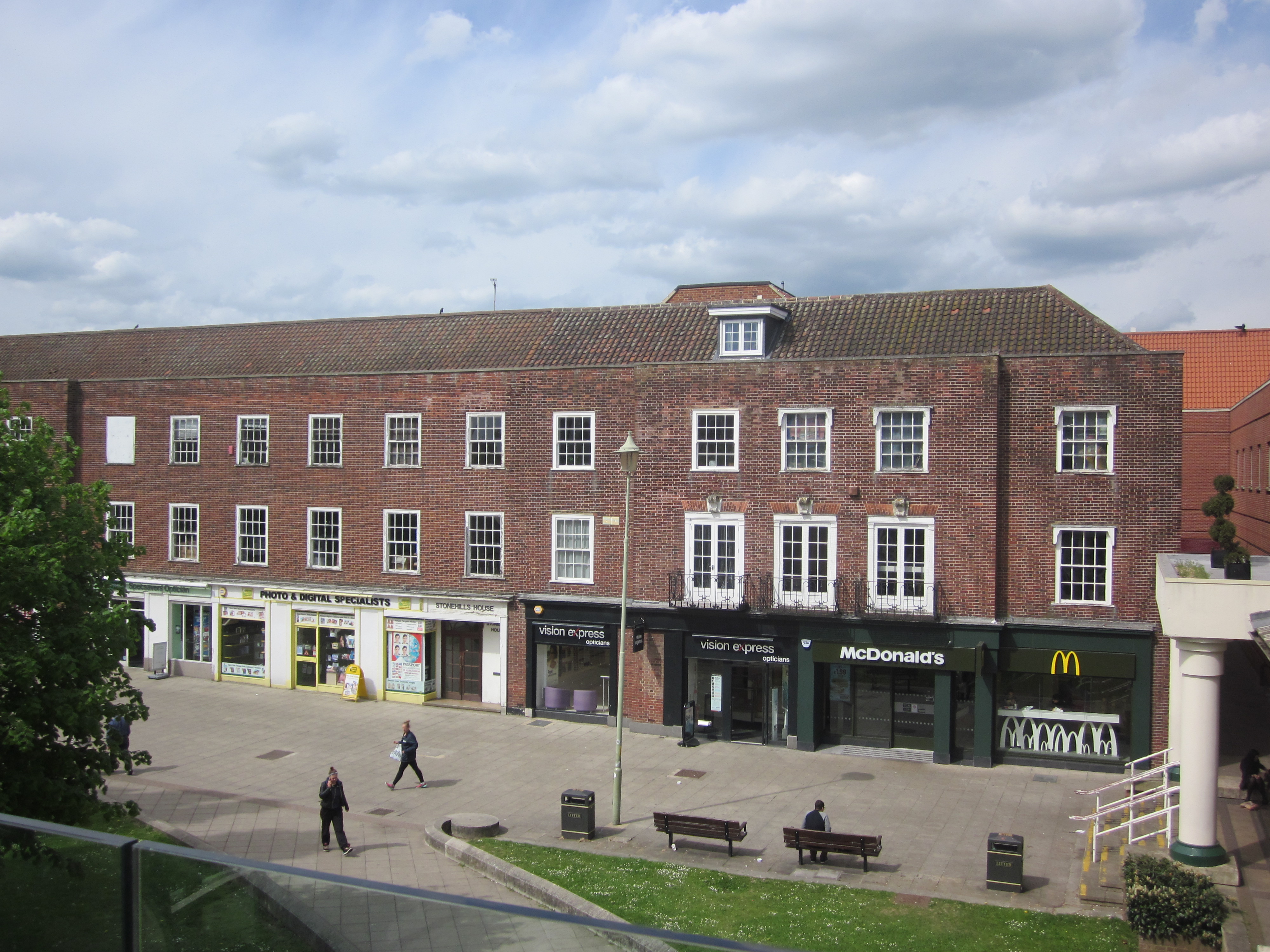
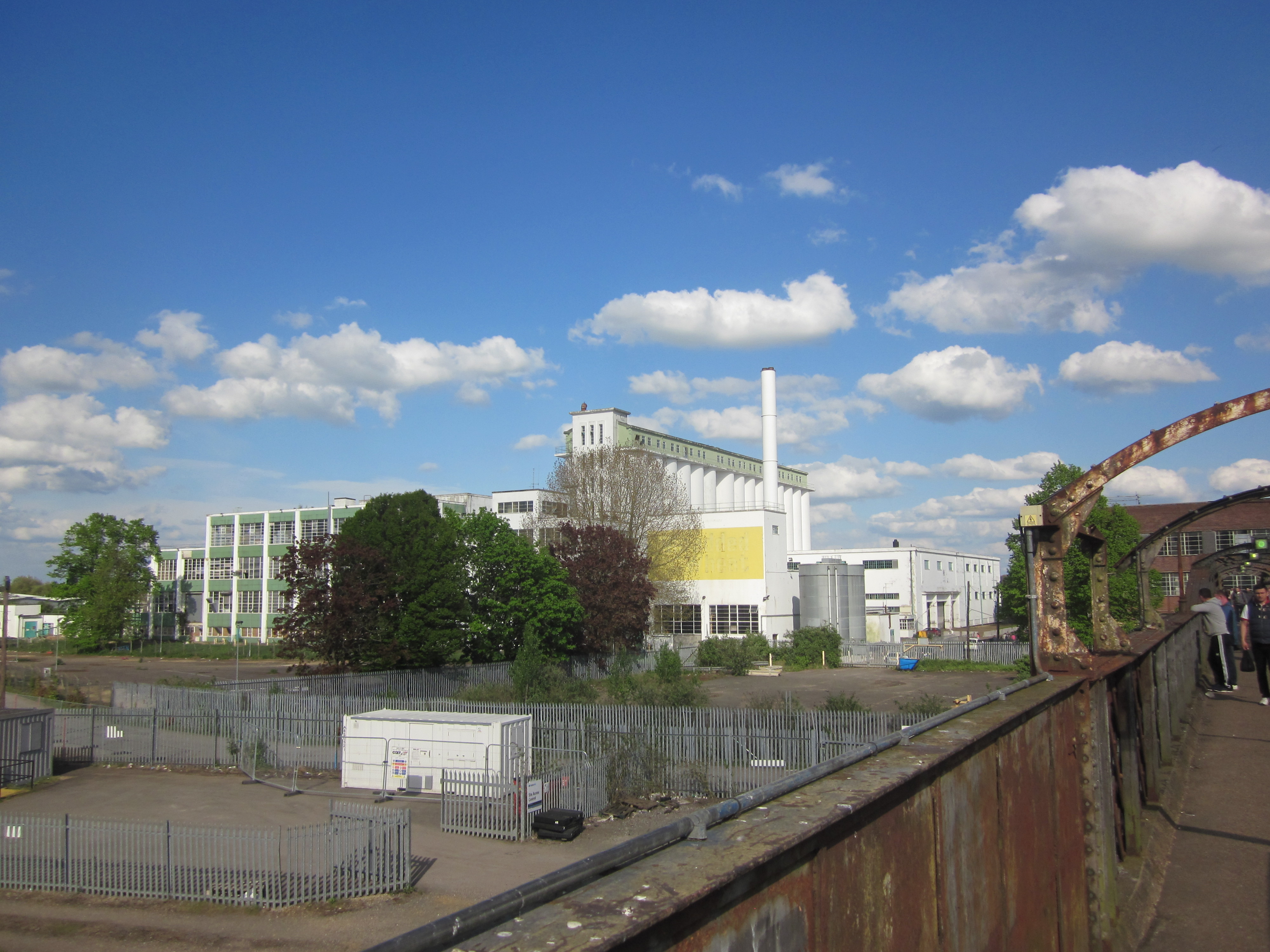
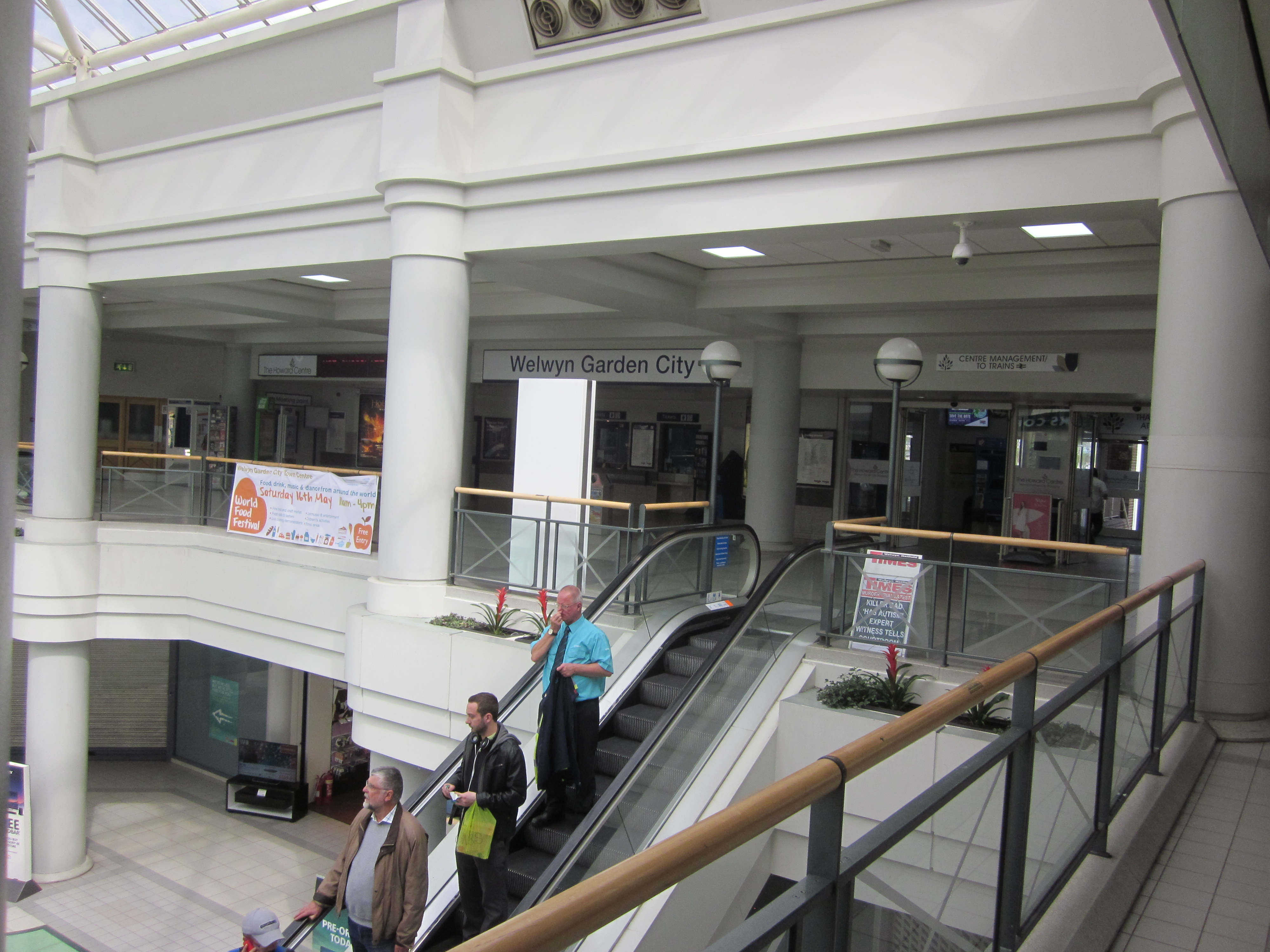
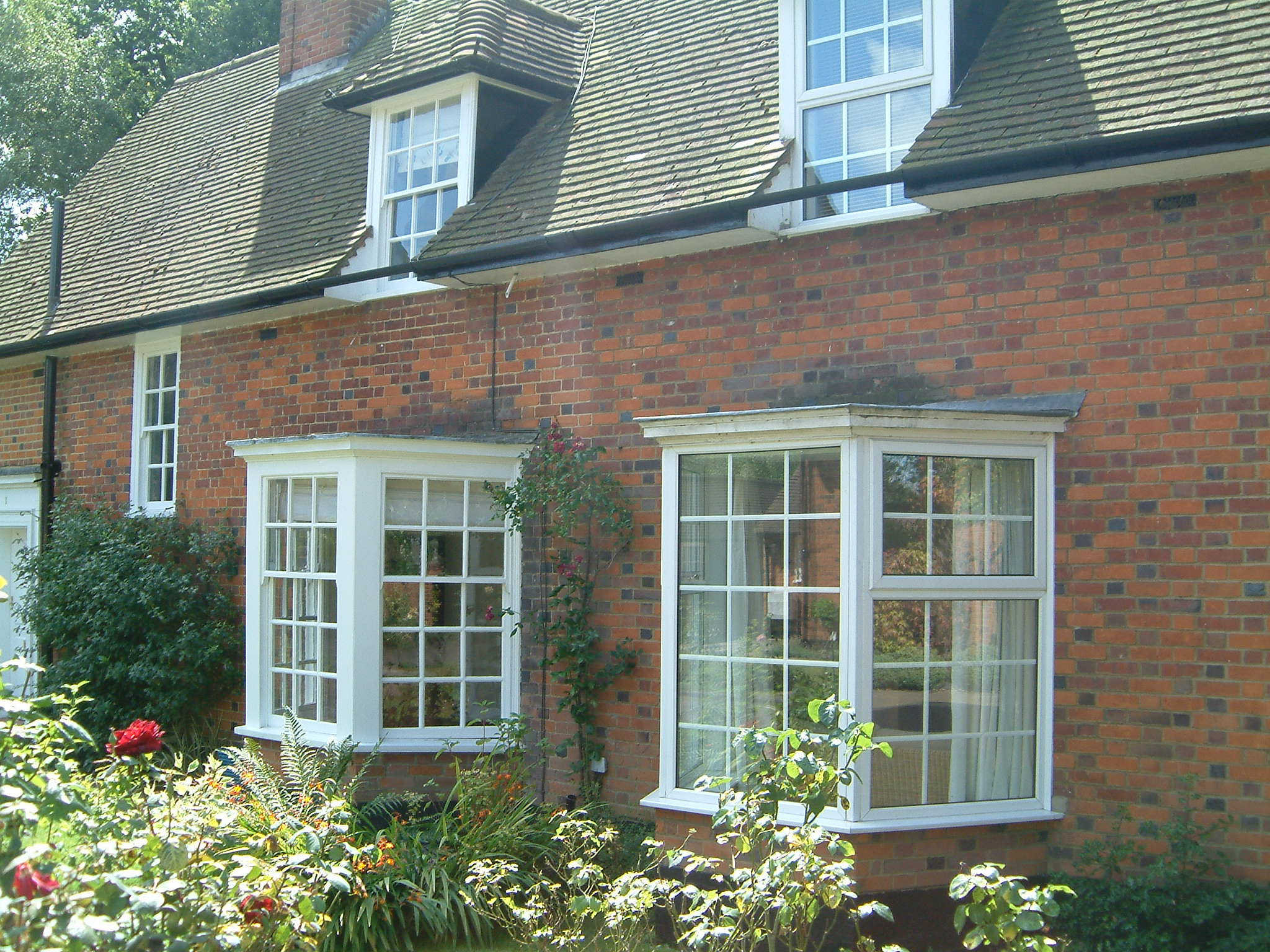



I’m not altogether surprised that Welwyn GC has become a car-based commuter settlement. The problem is that of density. The low densities thought appropriate by the planners of the garden city when it was founded are not capable of supporting an effective public transport system or high-level services in today’s world. This is a warning to promoters of garden-city-style development today. Without a range of densities that support walking, cycling and public transport use, new garden cities or villages will be predominantly single-use and environmentally unsustainable. The former PPG3 called for the efficient use of land and residential densities above 50dph. This policy has been dropped from the NPPF.
I imagine that residential densities in Rieselfeld and Vauban at Freiburg are considerably higher than those at Welwyn GC.